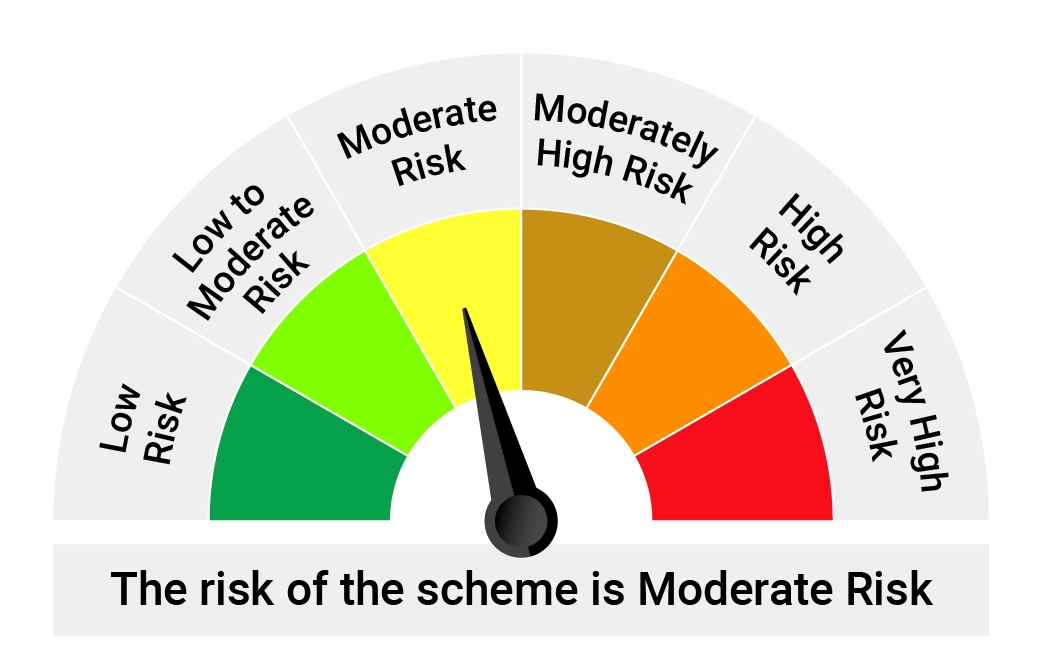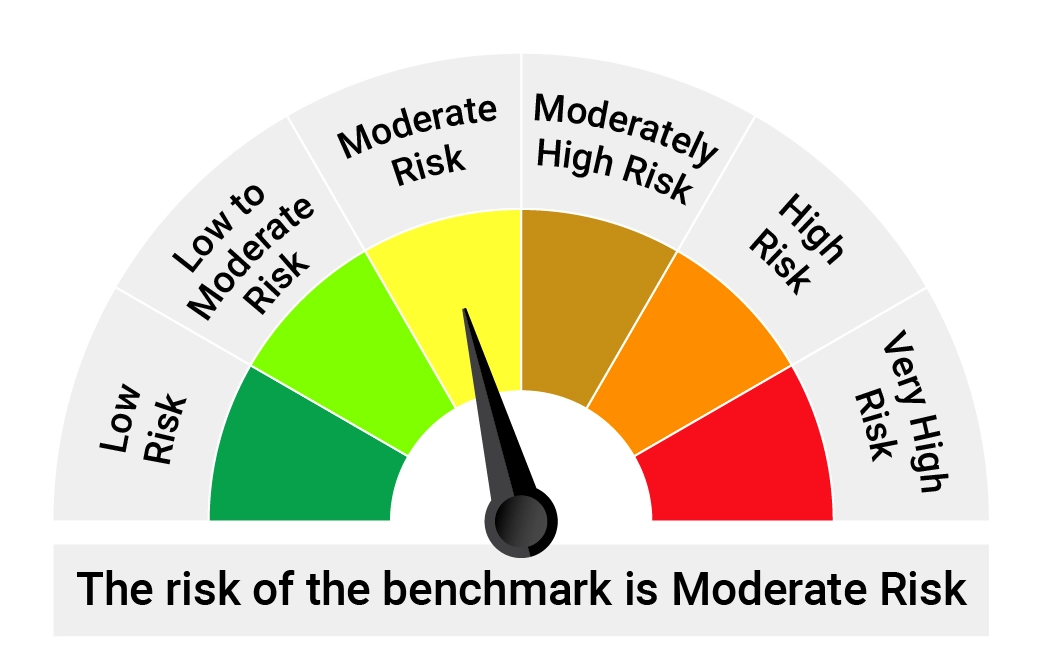About The Fund
Quantum Dynamic Bond Fund (QDBF) is an open-ended debt scheme with a defined credit exposure and dynamic maturity profile. The fund actively managed keeping in mind interest rate views, tends to invest in high quality debt and money market instruments. If interest rates are expected to rise, it will invest in short term securities that mature early and re-invest the proceeds at a higher rate. Conversely if interest rates are expected to fall, the scheme will invest in long term bonds to lock in high interest rates while providing capital growth.
4 Reasons to invest in the Quantum Dynamic Bond Fund
1. Focuses on the principle of Safety, Liquidity and Returns.
2. Minimizes credit risk by investing primarily in Government securities or PSU bonds which are rated as AAA /AA.
3. Controls interest rate risk by active interest rate management.
4. Offers a solution for all your long- term debt investment needs.
Portfolio
Fund Managed By
-
Funds Managed:
Qualification:
- B.Com Degree, CA Inter, Pursuing CFA
-
Funds Managed:
Qualification:
- B.Com Degree and Master of Business Administration in Finance
How To Invest
Invest Online in 3 easy steps. Click here to Get Started and plan your Asset Allocation!
Product Label
-
Name of the Scheme and Benchmark
Quantum Dynamic Bond Fund
(An Open-ended Dynamic Debt Scheme Investing Across Duration. A relatively high interest rate risk and relatively low credit risk.)
Tier I Benchmark : CRISIL Dynamic Bond A-III Index -
This product is suitable for investors who are seeking*
• Regular income over short to medium term and capital appreciation
• Investment in Debt / Money Market Instruments / Government Securities
-
Risk-o-meter of Scheme

-
Risk-o-meter of Tier-I Benchmark

*Investors should consult their financial advisors if in doubt about whether the product is suitable for them.
Potential Risk Class Matrix – Quantum Dynamic Bond Fund
-
Credit Risk →
Interest Rate Risk ↓
Relatively Low (Class I)
Moderate (Class II)
Relatively High (Class III)
-
Relatively Low (Class A)
A-III
-
Moderate (Class B)
-
Relatively High (Class C)
Frequently Asked Questions
Dynamic Bond Funds are open-ended debt mutual funds that invest in debt and money market securities such as corporate bonds, government securities, etc., across varying maturities. In Dynamic Bond Fund, the fund manager has the flexibility to decide the composition and the duration (or maturity) of the portfolio without any pre-set limitation. The idea of this debt fund category is to actively manage the interest rate risk by changing the duration of the portfolio (sensitivity of interest rate changes) based on the interest rate outlook.
The price of a bond is inversely related to yields (interest rate), meaning if the interest rates are increasing then the price of the bond will decrease and vice versa. Price of a longer-term bond is more sensitive to interest rate changes than that of a shorter maturity bond.
When the fund manager expects interest rates to go down, she invests in long maturity bonds that gain most when interest rates fall. When the fund expects interest rates to rise, he/she invests in shorter maturity bonds that are less sensitive to interest rates changes.
Sometimes, it’s difficult to assess which category of debt funds will generate good returns. To generate good returns, should you move to longer duration fund, or should you move to credit funds? Long-term bond funds are sensitive to changes in the interest rate scenario and the credit environment and they are suitable only for investors with a long-term investment horizon and a higher risk appetite. Credit funds, on the other hand, sometimes could lead to risk of downturns due to credit defaults and problems of illiquidity.
If you have an investment horizon of 3 years or longer, and you want to avoid the hassle of tracking the interest rate movement and worry about the credit quality, you may consider adding or switching to a debt fund like the Quantum Dynamic Bond Fund. Note that not all categories are equally sensitive to interest rate changes. Investing in a dynamic bond fund can help manage interest risk as it rebalances the debt portfolio in line with the changing interest rates. The objective of a dynamic bond fund is active interest rate management of a portfolio consisting of short-term and long-term debt and money market instruments.
When selecting a Dynamic Bond Fund, consider the following parameters:
• Does it have a well-diversified portfolio?
• How is the performance across interest rate cycles? Go for a fund house that has navigated market cycles with a long-term proven track record of 5 years or more and relatively low credit risk.
• The rolling returns & risk ratios
• The investment processes & systems at the fund house – assess how the fund has managed to limit downside risks during periods of rising interest rates.
The external macroeconomic environment such as inflation, fiscal deficit, government policies could also impact returns from these funds. Therefore, one should stay invested for a longer duration to minimize downside risks in the short term.
Quantum Dynamic Bond Fund has long standing track record and was launched in May 19, 2015. It gives you the opportunity to lock-in optimum interest rates through active duration management. It also limits credit risk by investing in high quality government securities and PSU bonds.
Here are some of the advantages of dynamic bond fund, more specifically the Quantum Dynamic Bond Fund:
• All Weather Approach: Dynamic bond funds have the flexibility to quickly switch between fixed income securities of varying durations depending on the interest rate outlook. This helps dynamic bond funds perform across interest rate cycles and thereby help serve as an all-season portfolio.
• Low Credit Risk: Minimizes credit risk by investing primarily in Government securities and AAA-rated-PSU bonds. Credit risk is the risk of default on payment by the issuer.
• Freedom from timing markets: No need to time the entry and exit in the debt market because fund managers take care of it.
• Active Duration Management: Dynamic Bond Funds offer optimal returns in any market scenario be it a rising or falling interest rate scenarios. It invests in short term securities to make the portfolio less sensitive to rising interest rate and conversely invests in long term securities to gain more when interest rate falls.
Thus, the Quantum Dynamic Bond Fund is a good way to ride through the fluctuating interest rate environment.
Ideal holding period for dynamic bond fund should be more than 3 years. Dynamic Bond fund or any other debt fund which invests in long term debt instruments, are highly sensitive to interest rate movements. Thus, in a short period of time, returns could be highly volatile and can even be negative. However, over longer time frame of 2-3 years period, returns tend to normalise along with the interest rate cycles.
Like any other debt fund, dynamic bond funds are subject to Interest rate risk and credit risk. Dynamic bond fund. In terms of interest rate risks, dynamic bond funds are relatively less risky than long term bonds and more risky than short term bond funds. While credit risk varies depending on the fund’s mandate, strategy and management style of the fund manager. Quantum Dynamic Bond Fund keeps the credit risk to minimal levels by investing only in government securities and AAA rated PSU debt instruments.










